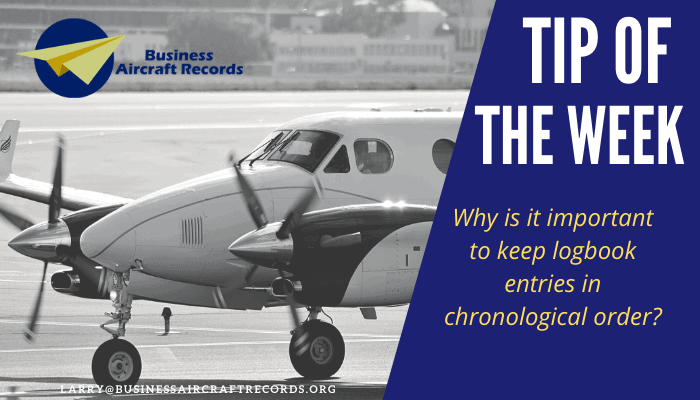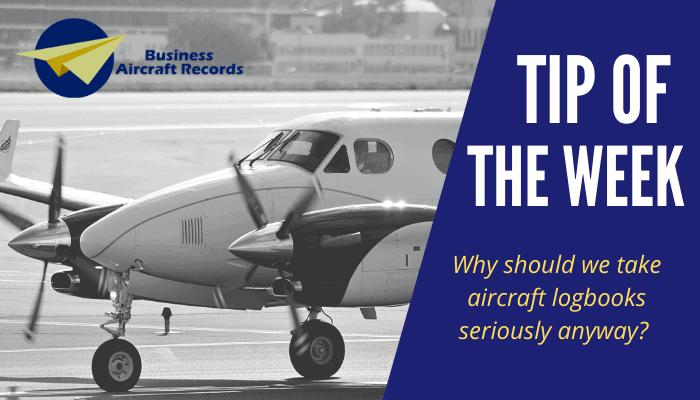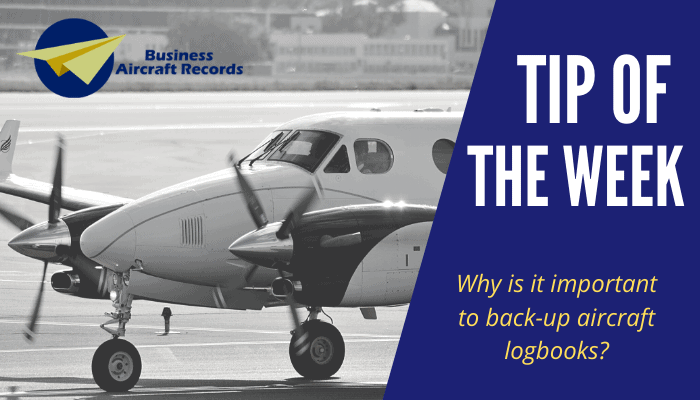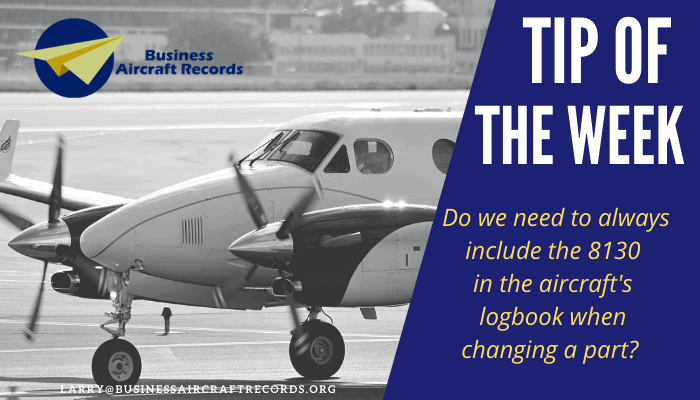
It’s the timeless aircraft maintenance quandary; should maintenance entries follow book order with the most current entry at the end of the logbook section? Or do maintenance entries belong with the most current entry at the beginning of the section and progressing in order through time? If you’ve spent much time auditing logbooks of different operators and of different aircraft, you’ll know that this question does not have a standard answer. In fact, not only will you find logbooks to have maintenance entries in reverse order of each other from operator to operator; many times, you find this reverse sequence occurring in the same logbook.
The most common reason for maintenance to research information in an aircraft logbook is to learn about one or more maintenance actions accomplished on the aircraft in the past. It could be an inspection, an AD Note compliance, R&R of a part, a repair or alteration, or any number of reasons why someone would need to research the aircraft records for information. A foundational principle of aircraft logbooks is that the information will be obtainable by researching the records.
When searching through historical information in the logbook, no matter which direction you follow, it is important that the sequence of the entries be in chronological order. Was the inspection accomplished in 2012? Then the entry delineating the inspection and returning the aircraft to service after the inspection should be found with other maintenance accomplished in 2012. If the inspection was in May, then the maintenance entry should be found after an April entry, but before the June entries. Sequencing is important.

But this so many times is not the case. Whether a page “fell” out of the logbook (after all, it is only paper), or the technician entering the information simply failed to ensure they were placing the information in the correct section and correct sequence of the logbook; many hours of inspection time are wasted every year looking for information that is not where you would expect to find it. These wasted hours equate directly to the cost of the aircraft maintenance since the technician or inspector is presumable getting paid while he or she is spending their time looking for the misplaced entry.
Aircraft maintenance is, by nature, costly. For this reason, we, as maintenance personnel, tend to work hard at keeping the cost down on every aspect of aircraft maintenance; from the cost of the part, to the cost of the inspection or repair. But poor record keeping and out of sequence maintenance entries come with their own cost.
Conclusion :
Logbook best practices dictates that every effort should be made to both ensure that the maintenance entries are placed in the proper section of the logbook and in proper sequence chronologically; that the logbook pages are handled with care; and the records protected against the valuable information getting lost or misplaced.




